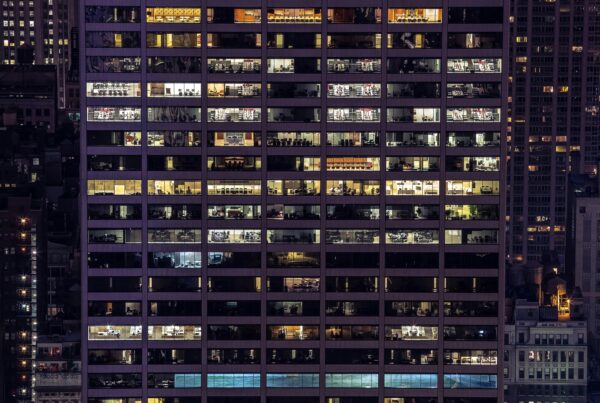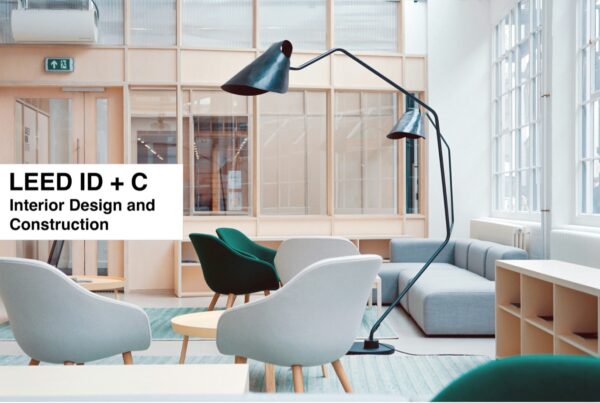If buildings tell a lot about a country’s people, culture, and their priorities, then Dubai’s impressive and ever-changing skyline has a lot of stories to tell. From sky-piercing towers to curiously-shaped man-made islands, Dubai’s many construction projects are known for pushing the boundaries of technology, design, aesthetics, and sheer scope.
Dubai’s next claim to fame: an office building 3D printed in its entirety.
Whereas previously for other so-called 3D-printed projects, only a select number of structural components were printed, this proposed office in Dubai plans to 3D print 100{e3829ec1db02d54faaf9fa2de0d48db26af01d7a7944a63c3b26976124791cab} of everything, down to the interior furniture. A combination of Special Reinforced Concrete (SRC), Glass Fiber Reinforced Gypsum (GRG), and Fiber Reinforced Plastic (FRP) will be used for the building. Also, printing and assembling will be done on-site using a 6 meter-tall 3D printer.
The people behind this ambitious project: Dubai’s government, of course, in partnership with Chinese firm WinSun Global (known for its 3D printed houses and apartment buildings in China) and US architectural and engineering firms Gensler, Thornton Thomasetti and Syska Hennessy. Once done, the mixed-use building will serve as a prelude to Museum of the Future, where various innovations in healthcare, education, energy and transportation will be showcased.
3D Printing Buildings: A Tall Order?
If this thing pushes through, it’ll be the most advanced 3D printed structure on the planet. The developers put the building to actual use, not just for demo purposes only. And it’s important for this building to be able to do that: make the crossover from mere fancy gimmick to pure unbridled functionality.
The process of 3D printing has thus far become invaluable to industries such as automotive, aviation, even medicine. But 3D printing’s vast potentials become even more beneficial when it comes to architecture. In this case it’s not just about being able to come up with brave new exciting designs. More importantly the process of 3D-printing can bring about sustainability to a project construction.
On-site and Low-Impact
Let’s face it, building constructions will always be guilty of having a large carbon footprint, which LEED wants to reduce as much as possible. Raw materials have to be transported to a manufacturing site where they have to be cut, shaped, processed, and refined. This is the traditional subtractive method of manufacturing, which lead to waste if the manufacturer doesn’t know how to recycle excess materials.
In contrast, 3D printing is additive: material is added layer by layer where it’s needed, so there’s virtually no waste.
And because 3D printers can be operated on site, this drastically cuts down on fuel needs and carbon emissions. In fact, 3D printing buildings can do away with as much as 30 to 60{e3829ec1db02d54faaf9fa2de0d48db26af01d7a7944a63c3b26976124791cab} of construction waste.
3D printing can considerably speed up projects as well, especially for thosw that require urgency, such as refuge centers. With 3D printing, a dozen houses can be built in just under a day. Meanwhile the developers of the 3D printed office building in Dubai is looking at just a few weeks.
And then there’s the issue of human labor, which amidst the construction boom in the Middle East, has become somewhat of a sensitive topic, especially because of the unfortunate plight of hundreds if not thousands of workers who endure low pay for deadly construction work. The 3D printed office building in Dubai in particular hopes to cut labor cost by 50-80{e3829ec1db02d54faaf9fa2de0d48db26af01d7a7944a63c3b26976124791cab}. But more than just palpable savings, the automated nature of 3D printing just might reduce our reliance on human labor, or at least spare workers from the backbreaking, life-threatening aspects of the construction.
We often take for granted the faceless workers behind our grand buildings, almost assuming these fantastic structures just sprouted from the ground with no human intervention. That’s probably the goal of visual artist Arko Datto who culled aerial photos form Google Maps to showcase the vigorous construction industry in the Middle East. The series, entitled Crossings, is meant as a commentary on the plight of construction workers, who are mostly Asians, but there is nary a single face in the photographs. According to Datto, “The total lack of human presence in the images is symbolic of the anonymity, facelessness, and lack of representation that the migrant workers suffer.”
If 3D printing buildings can address that in its own surprising way, then that’s really good.











